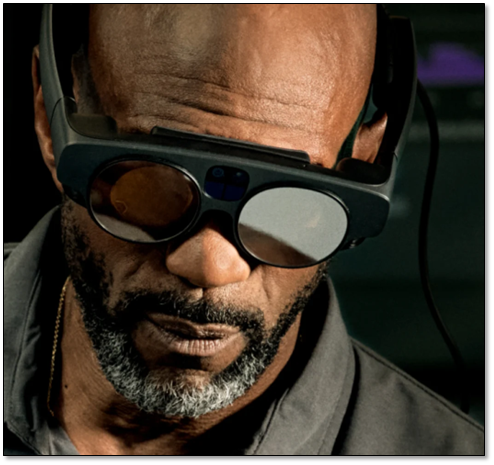Hot Irons
SFA Engineering (056190.KS), a Korean company noted for their panel moving equipment, noted that they have just signed a contract with Tianma Xiamen to supply such tools to what we believe is the new fab, through the middle of December of this year. The contract is for $111.6m US, which would represent ~9% of SFA’s sales last year, making it both a significant contract for SFA, and an indication that Tianma is continuing the fab’s construction at what seems to be a normal pace. SFA indicated that its Chinese subsidiary had also received a contract from Tianma, but did not disclose the amount (Korean public company rules require disclosure while Chinese rules do not).
Over the years we have seen a number of instances when logic would indicate that it might be a period when the best plan was to slow or postpone LCD capacity expansion, yet panel producers continued to purchase equipment. Much of this illogical behavior comes from the fact that government subsidies are an integral part of initial and ongoing financing for such projects, with fab managers spending such subsidies under the thought that it might be reduced or taken away by ‘uneducated’ local officials at a later date. There have been instances where we have seen millions of dollars of crated equipment sitting in storage for over a year, having been purchased under the ‘strike while the iron is hot’ scenario that seems to be the case here. As the LCD display space has seen a return to pre-pandemic demand and pricing that is close to cash costs, one might think it best to slow capacity expansion and hope that demand will pick up enough to meet current supply, but when the government is looking over your shoulder as to how their money is being spent, you spend it.







 RSS Feed
RSS Feed